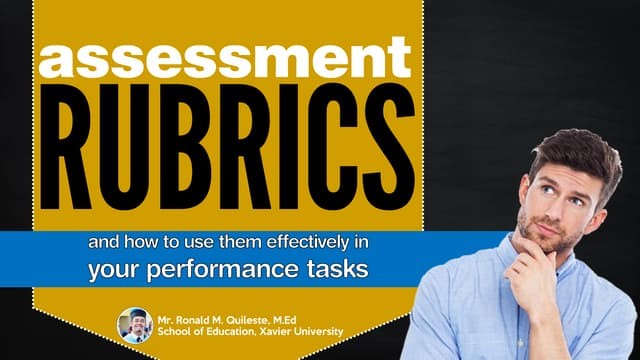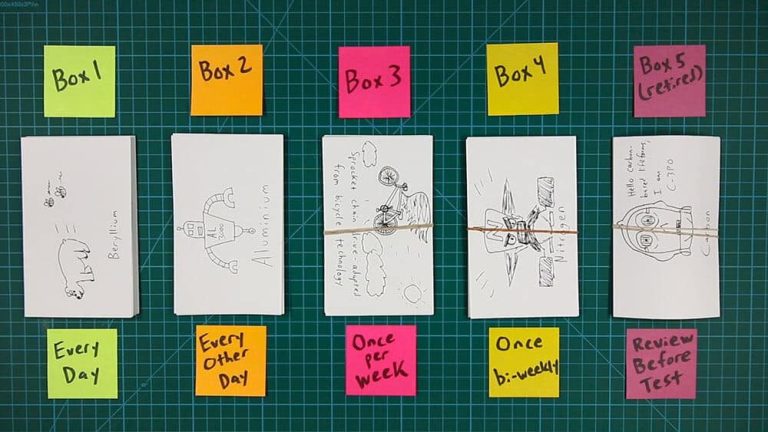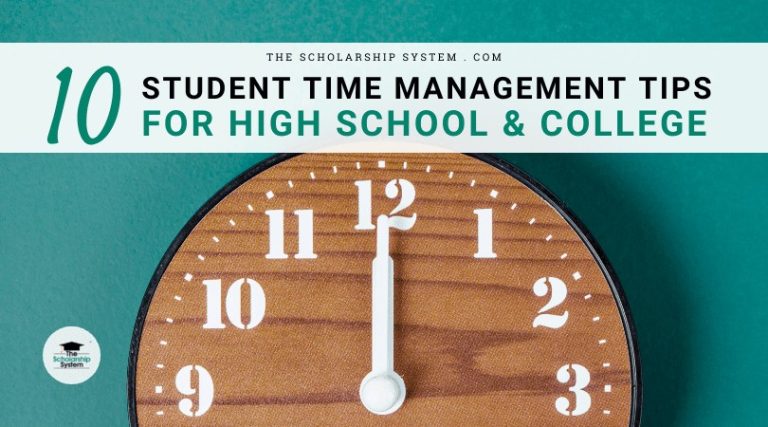The Psychology of Student Motivation
In the complex ecosystem of education, whether in a vibrant German university or a bustling elementary school classroom, one factor stands out as perhaps the most critical determinant of academic success and lifelong learning: student motivation. It is the invisible engine that drives engagement, persistence, and achievement, yet its mechanisms are far from simple. The psychology of student motivation is a rich and multifaceted field, delving into the intrinsic and extrinsic forces that propel learners forward, influencing their effort, resilience, and ultimately, their educational outcomes. Understanding these psychological underpinnings is not merely an academic exercise; it is an essential tool for educators, parents, and policymakers striving to create environments that genuinely inspire and empower students to reach their full potential.
At its core, motivation can be broadly categorized into two types: **intrinsic and extrinsic**. **Intrinsic motivation** stems from an internal desire to learn and engage, driven by genuine interest, enjoyment, curiosity, or a sense of personal accomplishment. A student who meticulously researches a topic simply because they find it fascinating, or who perseveres through a challenging math problem for the sheer satisfaction of solving it, exemplifies intrinsic motivation. This form of motivation is often considered more sustainable and leads to deeper learning and greater long-term engagement, as the reward is inherent in the activity itself. Conversely, **extrinsic motivation** arises from external factors, such as grades, rewards (like stickers or privileges), praise from teachers or parents, avoiding punishment, or achieving a certain status. While extrinsic motivators can be effective for short-term compliance or for kickstarting engagement, an over-reliance on them can sometimes diminish intrinsic interest over time, as the focus shifts from learning for its own sake to learning for the external reward.
One foundational psychological theory that sheds light on student motivation is **Self-Determination Theory (SDT)**, proposed by Edward Deci and Richard Ryan. SDT posits that humans have three innate psychological needs:
* **Autonomy:** The need to feel a sense of control and choice over one’s actions. In an educational context, this means giving students opportunities to make decisions about their learning, such as choosing project topics, selecting learning methods, or setting their own goals. For example, allowing students in a German history class to choose a specific period or event for a research project, rather than assigning it, can significantly boost their intrinsic motivation.
* **Competence:** The need to feel effective and capable in one’s interactions with the environment. Students are motivated when they feel they can succeed and when they receive constructive feedback that helps them improve. Providing appropriately challenging tasks that are neither too easy nor too difficult, coupled with specific, actionable feedback, reinforces a sense of competence.
* **Relatedness:** The need to feel connected to others, to belong, and to feel supported. A positive classroom environment where students feel safe, respected, and connected to their peers and teachers fosters a sense of belonging, which is crucial for motivation and well-being. Collaborative learning activities, group projects, and a supportive teacher-student relationship all contribute to meeting this need. When these three needs are met, students are more likely to experience intrinsic motivation and higher levels of engagement.
Another critical psychological concept is **Growth Mindset**, popularized by Carol Dweck. This theory distinguishes between two core beliefs about intelligence and abilities: a fixed mindset and a growth mindset. Students with a **fixed mindset** believe their abilities are inherent and unchangeable. They tend to avoid challenges, give up easily when faced with difficulty, and view effort as fruitless. Conversely, students with a **growth mindset** believe that their abilities can be developed through dedication and hard work. They embrace challenges, persist in the face of setbacks, and see effort as a path to mastery. Fostering a growth mindset in students, by emphasizing effort and learning from mistakes rather than solely praising innate talent, can significantly impact their motivation and resilience. For example, instead of saying “You’re so smart!”, a teacher might say “I’m impressed by how hard you worked on that problem and how you learned from your mistakes.”
The role of **expectancy-value theory** also provides valuable insights. This theory suggests that a student’s motivation to perform a task is determined by two key factors: their **expectancy for success** (their belief that they can successfully complete the task) and the **value** they place on the task (how important or useful they perceive the task to be). If a student believes they cannot succeed, or if they see no value in the task, their motivation will be low, regardless of their actual ability. Educators can influence expectancy by providing clear instructions, breaking down complex tasks into manageable steps, and offering support. They can influence value by connecting learning to real-world applications, personalizing content, and explaining the relevance of the material to students’ lives and future goals.
Finally, the impact of **emotions and self-efficacy** cannot be overstated. Positive emotions like curiosity, excitement, and joy significantly enhance motivation, while negative emotions like anxiety, boredom, or fear of failure can cripple it. Creating a classroom environment that reduces anxiety and fosters positive emotional experiences is crucial. **Self-efficacy**, the belief in one’s own capability to succeed in specific situations or accomplish a task, is a powerful motivator. Students with high self-efficacy are more likely to set challenging goals, persist in the face of obstacles, and perform better academically. Educators can build self-efficacy through providing opportunities for mastery experiences, offering positive verbal persuasion, and allowing students to observe peers successfully completing tasks.
In conclusion, the psychology of student motivation is a complex interplay of intrinsic drives, extrinsic incentives, and fundamental psychological needs. By understanding and strategically addressing concepts such as self-determination, growth mindset, expectancy-value, and self-efficacy, educators and parents can move beyond simplistic reward systems to cultivate a deeper, more sustainable form of motivation. This involves fostering autonomy and competence, building positive relationships, promoting a belief in malleable abilities, and connecting learning to students’ interests and future aspirations. Ultimately, nurturing motivated learners is about empowering them with the psychological tools to not only succeed in their studies but to embrace a lifelong journey of curious and confident exploration.







